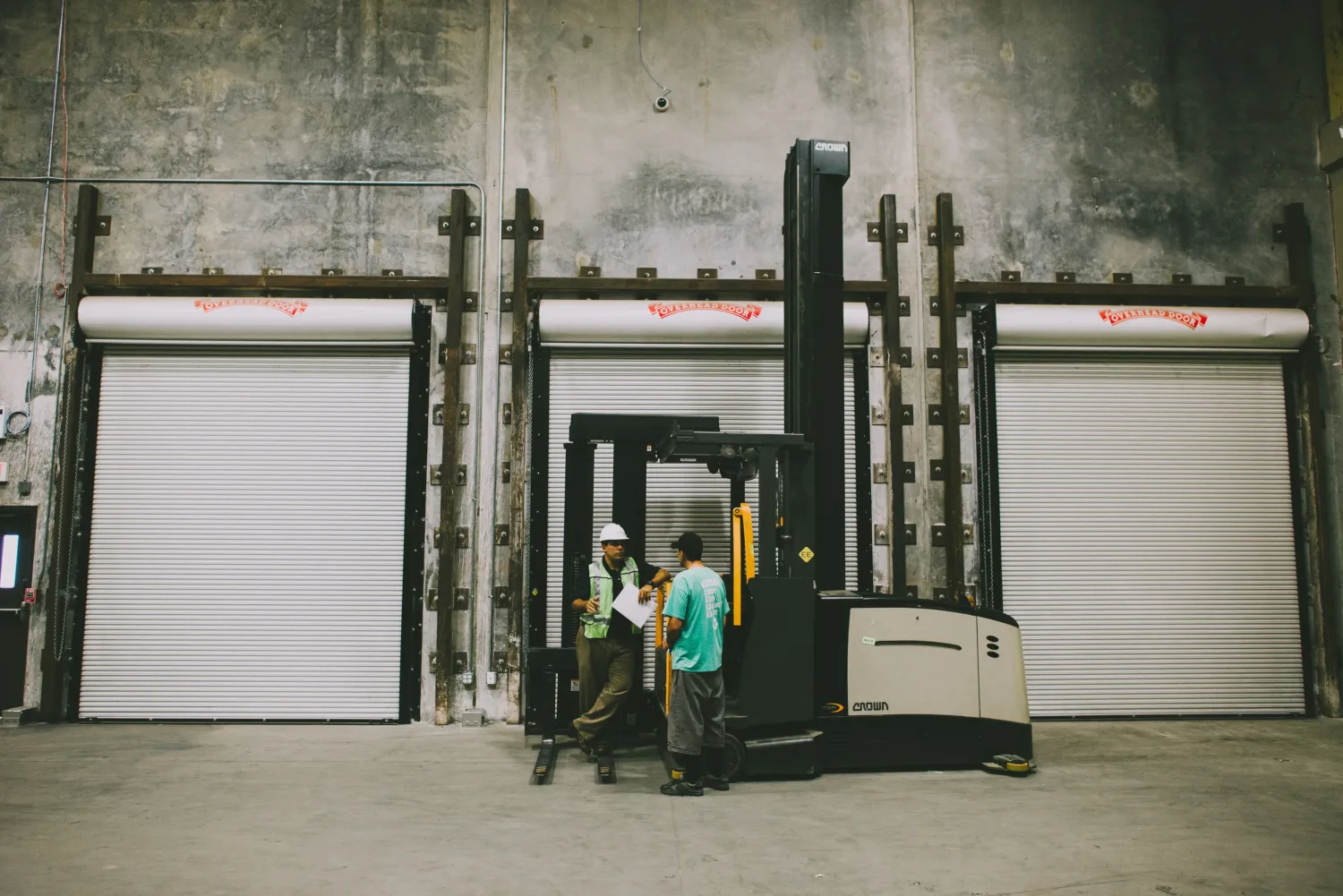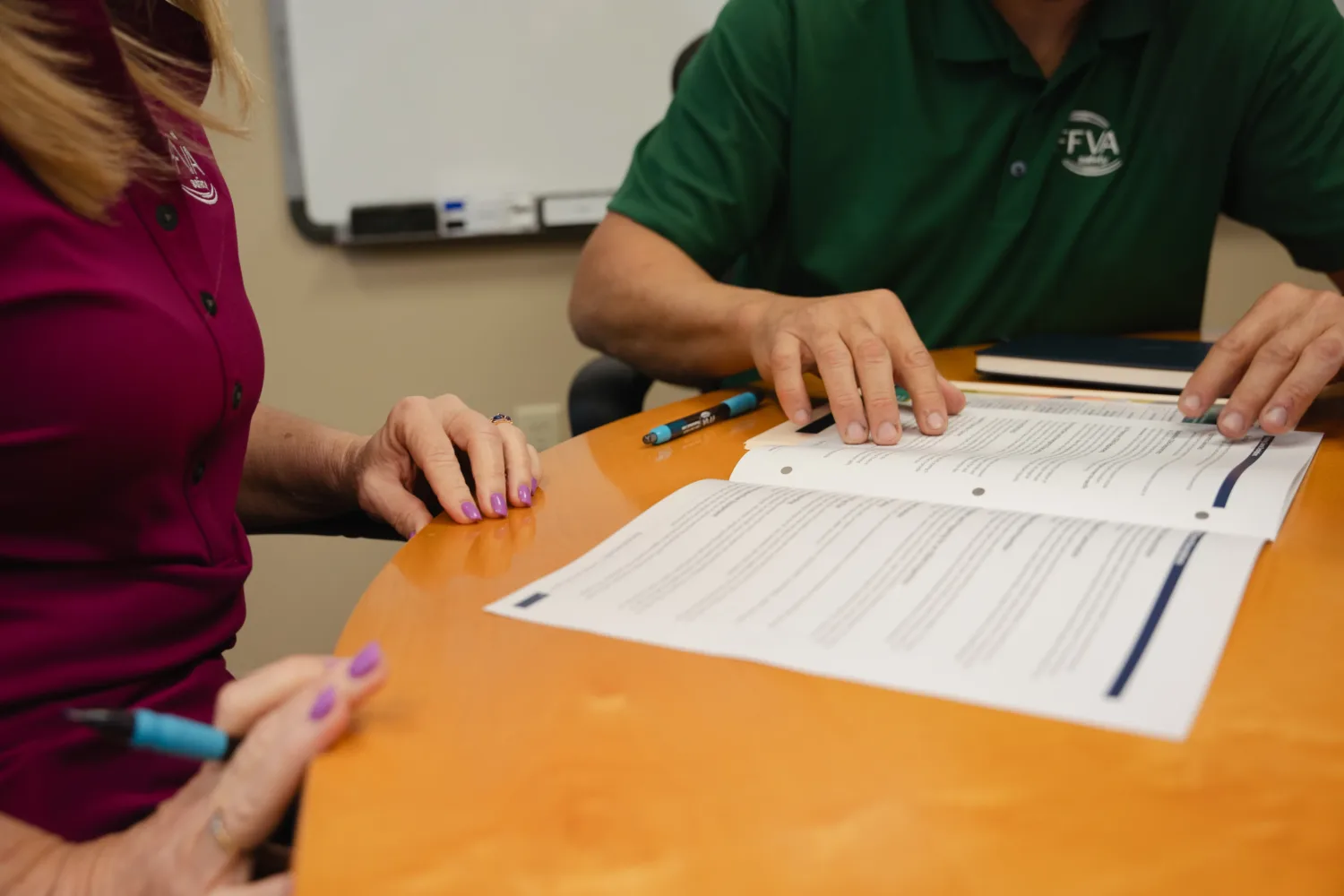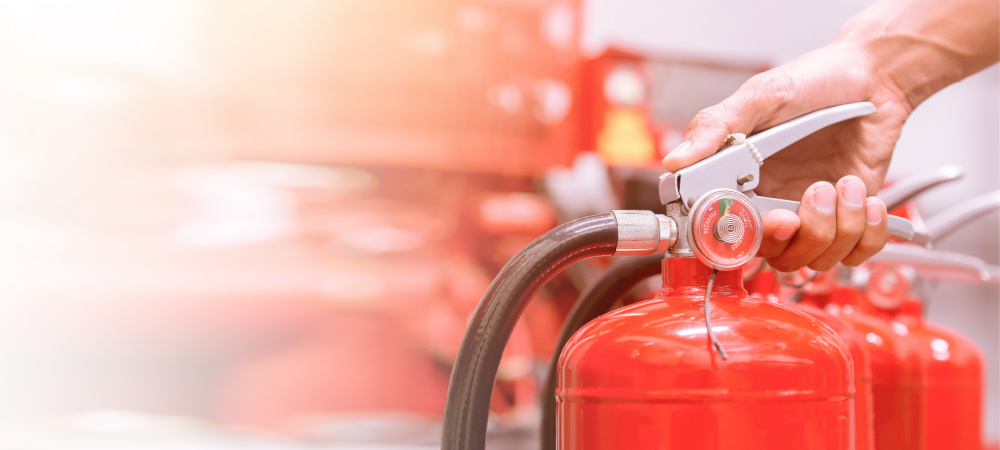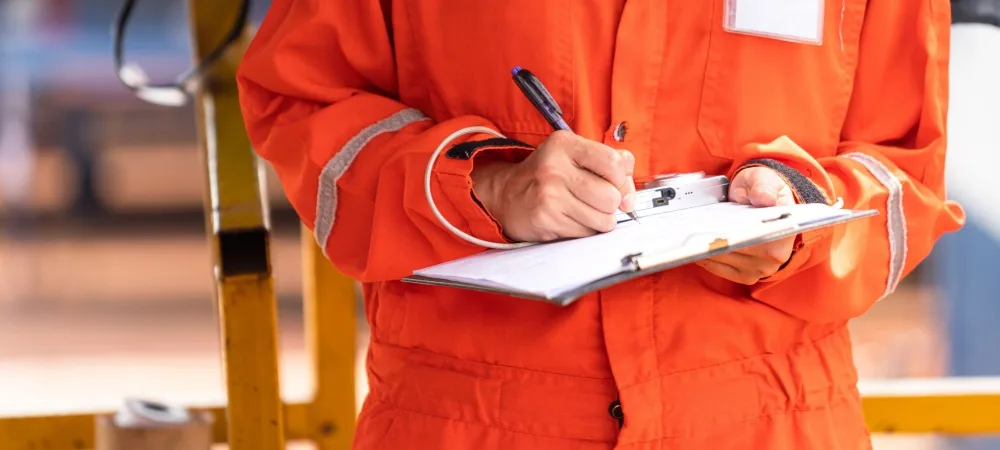Your Ultimate Fire Extinguisher Handbook
Attention Employers: Fire safety should be a top priority in your workplace, but keep in mind to ensure life safety first. Only extinguish fires or use fire equipment when it is safe, and life is not at risk. When in doubt, get out.
Why is fire safety so important, you ask? Fires can occur unexpectedly and spread rapidly, causing devastation in a matter of minutes. Make sure your employees are trained on how to properly use a fire extinguisher and have the appropriate type of extinguisher for workplace hazards. Employers must have a fire safety and emergency action plan in place and conduct regular fire drills. Remember, prevention is key.
Types of Fires and Extinguishers
Employers should keep in mind employees are never required to extinguish fires in the workplace; however, they must be trained how to use them. Using a fire extinguisher by employees is voluntary. Understanding the different types of fires and fire extinguishers is crucial. There are five fire classifications, each requiring a different type of extinguisher. Let’s go through each:
- Class A fires involve ordinary combustibles such as wood, paper or cloth. Water extinguishers are most effective for these types of fires.
- Class B fires are caused by flammable liquids such as gasoline, oil or grease. Foam extinguishers are the right choice to control these types of fires.
- Class C fires are energized by electrical equipment such as appliances, wiring or circuit breakers. CO2 fire extinguishers are the best for these types of fires, as they do not leave any residue.
- Class D fires involve combustible metals such as magnesium or titanium. A dry powder portable fire extinguisher is the only type of extinguisher that is effective for these types of fires.
- Class K fires are fueled by cooking oils and fats. Due to their cooling effect, wet chemical extinguishers are the most appropriate option for extinguishing these types of fires.
How to Use a Fire Extinguisher
Knowing how to use a fire extinguisher correctly can mean the difference between containing a small fire and a disastrous blaze. Remember the acronym P.A.S.S. to help you remember these steps:
- Step 1: Pull the pin from the top of the extinguisher.
- Step 2: Aim the nozzle at the base of the fire. Do not aim at the flames.
- Step 3: Squeeze the handle to release the extinguishing agent.
- Step 4: Sweep the nozzle from side to side, aiming at the base of the fire, until it’s extinguished.
Common mistakes to avoid include using the wrong type of extinguisher, aiming at the flames instead of the base of the fire and not having the proper training to use a fire extinguisher effectively.
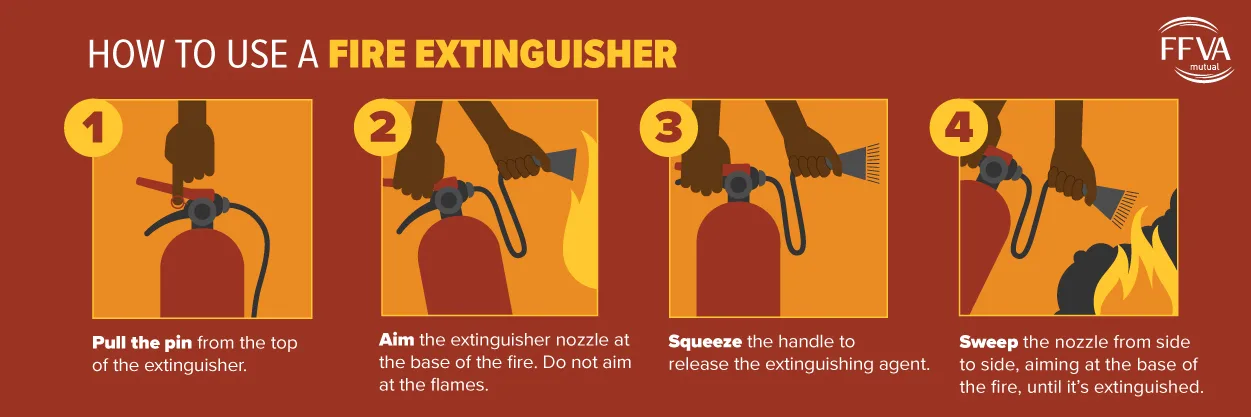
When to Use a Fire Extinguisher
Knowing when to use a fire extinguisher is just as important as knowing how to use it. Attempting to extinguish a fire can be dangerous and potentially life-threatening, so it’s essential to make the right decision.
The first step in deciding whether to use a fire extinguisher is to identify the fire hazard. If the fire is too large or spreading, an employee shouldn’t attempt to extinguish it. Instead, they should evacuate the area immediately and call the fire department.
Do not enter in an enclosed area, blocked area or corner to extinguish a fire.
If the fire is smaller than a wastebasket and contained, and you have the appropriate type of extinguisher, then a trained employee can attempt to extinguish the fire. Do not attempt to extinguish a fire larger than a waste basket.
It’s essential to discuss the rules for using a fire extinguisher with all employees and make sure that everyone knows how to use one. In fact, fire safety should be a pillar component of every company’s overall safety training program.
FFVA Mutual: A Trusted Partner in Workplace Safety
At FFVA Mutual, we understand the importance of occupational safety and the role it plays in the success of a business. As a trusted partner, we offer not only workers’ compensation insurance but also a wide range of safety training programs and resources to ensure a safe work environment.
To prevent fires, it’s crucial to take proactive steps. One of the most important fire safety tips is to regularly check and maintain smoke detectors and fire alarms. These devices can detect smoke and alert people in the building to the presence of a fire, giving them time to evacuate safely. Having a clear exit plan, unobstructed exits and regularly conducting fire drills also play a vital role in fire prevention. Learn more about fire safety in the workplace.
In case of a fire emergency, it’s important to act quickly by contacting the local fire department immediately and following their instructions. Additionally, the fire marshal can provide valuable guidance on fire prevention and safety measures to help prevent future fires and minimize damage in case of an emergency.
If you want to learn more, we offer various resources to help businesses maintain a safe work environment, including:
Or contact one of our Solutionists to ask questions that are specific to your workplace.














